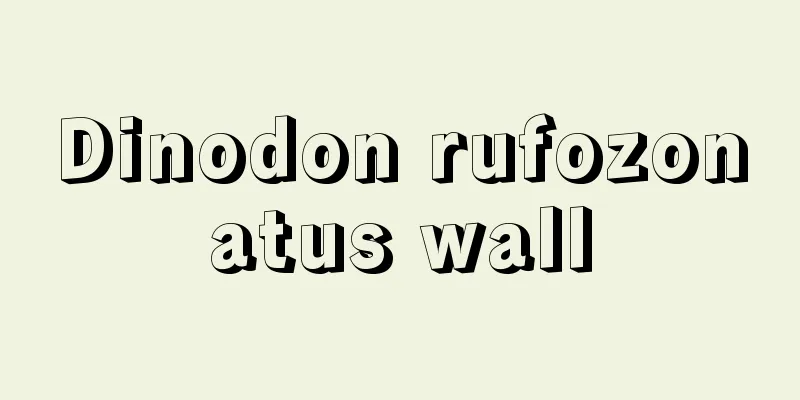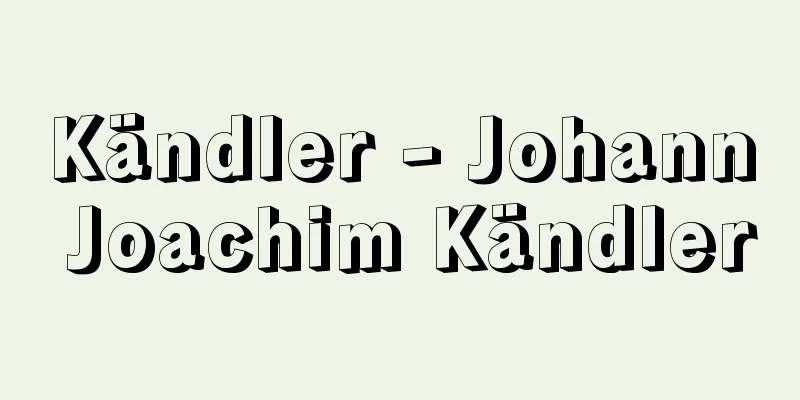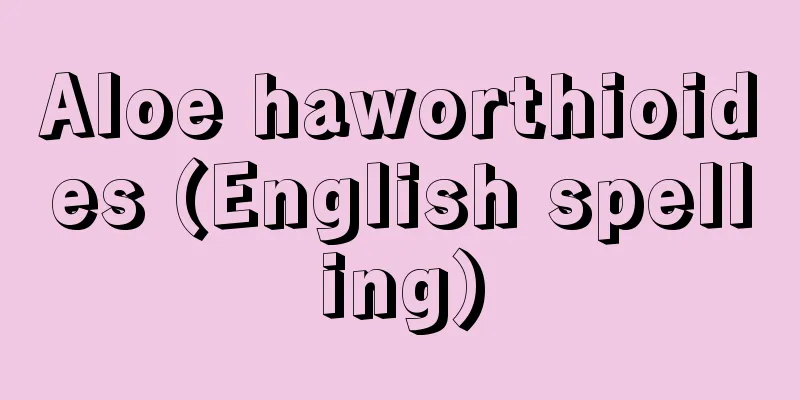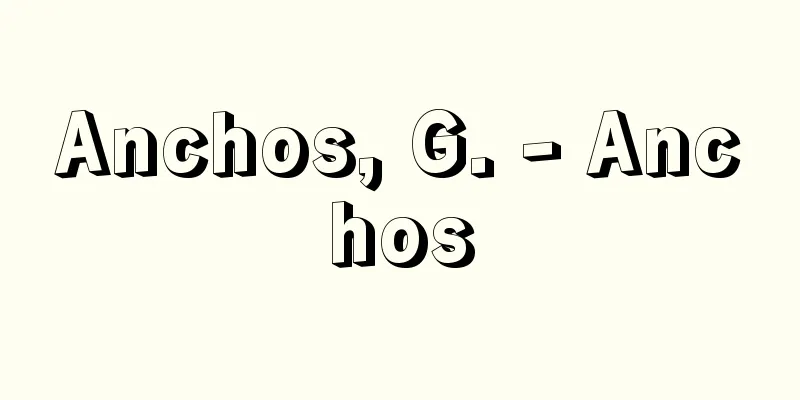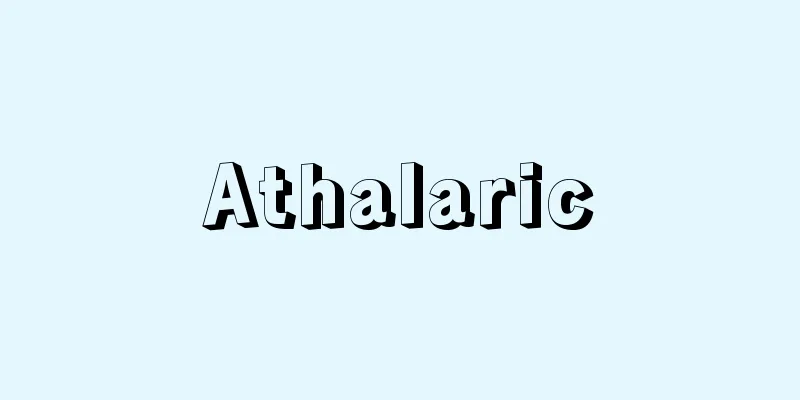Bleaching agent

|
This is a chemical that chemically breaks down colored substances and pigments contained in fibers such as threads and cloth, and in foods, to whiten the products. There are two types of bleaching agents: oxidative bleaching agents, which use chemical oxidation, and reductive bleaching agents, which use chemical reduction (reductive bleaching agents are only used for limited fibers such as silk and wool). Bleaching agents are selected based on the type of fiber, taking into consideration the fiber's embrittlement, yellowing, whether or not it absorbs chlorine, and the bleaching effect. Sodium hypochlorite, sodium chlorite, hydrogen peroxide, and bleaching powder are used for cellulosic fibers such as cotton. Sodium chlorite is used for acrylic and polyester fibers. Oxidizing agents such as sodium chlorite, hydrogen peroxide, and peracetic acid are used for nylon. Nylon has poor resistance to chlorine and is prone to yellowing, so dechlorination treatment is required after using chlorine-based agents. For bleaching silk, hydrogen peroxide or hydrosulfite are used. Using chlorine bleaching agents can cause yellowing and embrittle the fibers. For wool, there are reductive bleaching methods using oxidizing agents such as hydrogen peroxide, sodium peroxide, and potassium permanganate, and hydrosulfite. A vivid white color can be obtained by performing reductive bleaching after oxidative bleaching. Fluorescent whitening agents are often used in combination. Recently, sodium percarbonate has become a commonly used general-purpose household bleach. Bleaching agents permitted for whitening food include potassium sulfite, sodium sulfite, potassium bisulfite, sodium bisulfite, potassium hyposulfite, sodium hyposulfite, and hydrogen peroxide, and the residual amounts of each in food are determined. [Noriko Shinozuka] [Reference item] |Source: Shogakukan Encyclopedia Nipponica About Encyclopedia Nipponica Information | Legend |
|
糸、布などの繊維や食品などに含まれる有色物質や付着色素を化学的に分解し、製品を白くする薬剤をいう。漂白剤には化学的に酸化作用を利用する酸化漂白剤と、還元作用を利用する還元漂白剤がある(還元漂白剤は、絹、羊毛など限られた繊維にしか使われない)。 繊維による漂白剤の選択は、繊維の脆化(ぜいか)、黄変、塩素吸着の有無、漂白効果などを考慮してなされる。綿などのセルロース系繊維には、次亜塩素酸ナトリウム、亜塩素酸ナトリウム、過酸化水素、さらし粉が使われる。アクリルおよびポリエステル繊維には亜塩素酸ナトリウムが用いられる。ナイロンには、亜塩素酸ナトリウム、過酸化水素、過酢酸などの酸化剤が使われる。ナイロンは耐塩素性が弱く黄変しやすいので、塩素系薬剤を使用したあとには脱塩素処理を行う必要がある。 絹の漂白には、過酸化水素またはハイドロサルファイトが用いられる。塩素系漂白剤を使うと黄変し、繊維を脆化させる場合がある。羊毛には、過酸化水素、過酸化ナトリウム、過マンガン酸カリウムなどの酸化剤と、ハイドロサルファイトを用いる還元漂白とがあり、酸化漂白後に還元漂白すると鮮明な白色が得られる。蛍光増白剤を併用することが多い。 家庭用の汎用(はんよう)漂白剤としては、最近、過炭酸ナトリウムがよく用いられる。 食品の色を白くするために許可されている漂白剤には、亜硫酸カリウム、亜硫酸ナトリウム、亜硫酸水素カリウム、亜硫酸水素ナトリウム、次亜硫酸カリウム、次亜硫酸ナトリウム、過酸化水素などがあり、それぞれ食品中の残存量が決められている。 [篠塚則子] [参照項目] |出典 小学館 日本大百科全書(ニッポニカ)日本大百科全書(ニッポニカ)について 情報 | 凡例 |
>>: Bleaching - Hyohaku (English spelling)
Recommend
Inversion - Hanten (English spelling) inversion
It has three meanings: mathematical term, physica...
Voice word processor - Onseiwapuro
...Based on the feature parameters obtained in th...
Nachtfalter
...It is said that when at rest, butterflies fold...
Parasitic landlord
A landlord who rents out land to tenant farmers an...
Dinosaur turtle - Dinosaur turtle
…A large sea turtle found in the Late Cretaceous ...
Group psychotherapy
A general term for attempts to use group settings ...
Afonso I
1109?‐85 The first king of Portugal, who establish...
Kanaya Kingoro
?-1700 A Kabuki actor from the early Edo period. ...
Jagged - Jagged
→Kyusen Source: Shogakukan Encyclopedia Nipponica...
Yellow orchid - Yellow orchid
A saprophytic plant of the orchid family (APG cla...
Fuchsia magellanica (English spelling)
…[Kazuo Furusato]. … *Some of the terminology tha...
First visit ceremony - Uizan no Rei
…"Entering a shrine" means to meet or t...
dear fly
…[Tokuji Chiba]. … *Some of the terminology that ...
Colorful things
A term used in vaudeville halls. Currently, in To...
Ijichi Suemichi
…The original title is “Kyuuki Zakkoku.” It is co...
